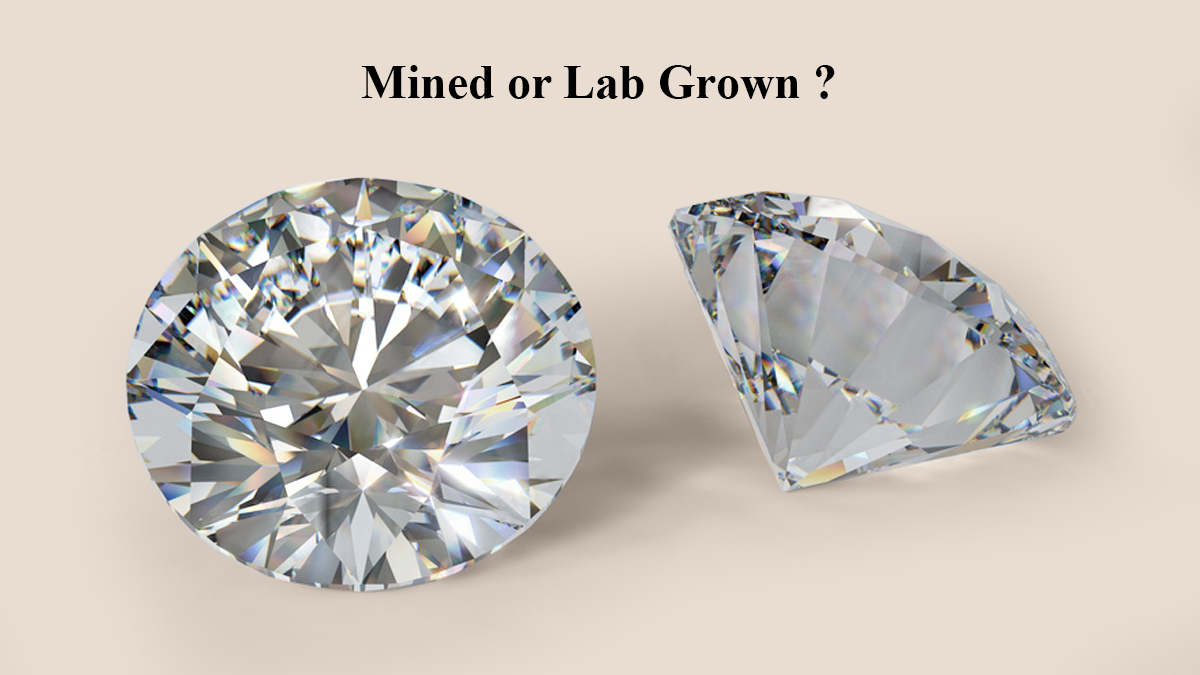Diamonds have been treasured for centuries due to their beauty, scarcity, and monetary value. A new type of diamond has emerged in recent years - lab-grown diamond. This challenges our traditional understanding of these precious gems.
Lab grown diamonds are becoming more popular. They look exactly the same as mined diamonds. Their physical and optical properties are identical to natural diamonds. It is important to be able to distinguish between the two.
It is difficult to identify the differences between lab grown diamond and mined diamond with the naked eye. Lab grown diamond also referred to as man made diamonds, synthetic diamond, cultured diamond and lab created diamonds.
Several diamond imitations exist on the market. However, lab-grown diamonds are not referred to as simulants. They are referred to as diamonds. They appear identical to mined or lab-grown diamonds to the naked eye, yet their chemical composition are very different.
There are various types of diamond substitutes or simulants, including crystal, cubic zirconia, synthetic moissanite, and white sapphire. In this blog we are going to discuss in detail “how to identify lab grown diamond?”.
Testing lab-created diamonds at home is not recommended. Without special equipment and expertise, it is not possible to accurately test them.
Tests can be done at home to identify lab-grown diamonds. However, these tests are not foolproof. They may give incorrect results. Among the most common tests are:
1. Magnet Test
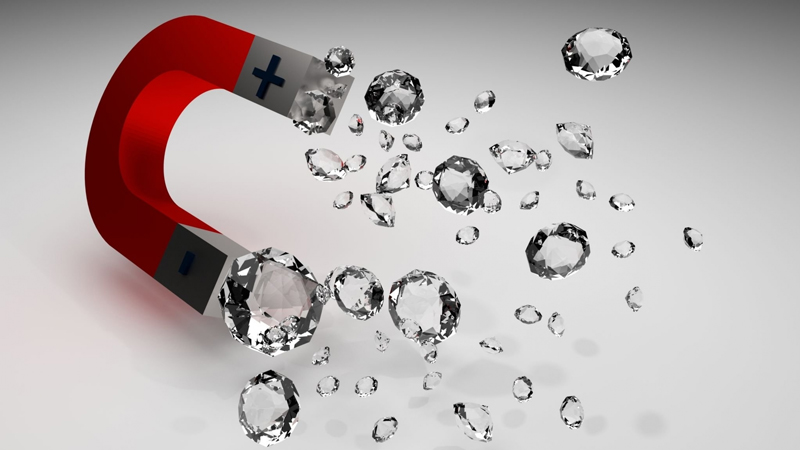
To perform a magnet test on a diamond, you'll need something more powerful than a standard refrigerator magnet. For the best results, use a strong Neodymium magnet.
Try touching the magnet directly to the diamond and lifting it off the surface it's resting on. The attraction of a magnet to a diamond is determined by the location of metallic inclusions. To find out how attractive it is, you may need to test the magnet on different surfaces around the diamond.
You may not see an attraction on one side of the diamond. This is because it is far from a small inclusion. This inclusion would be visible if the magnet was closer. If the diamond is powerfully attracted to magnet or stick to it, it may be a lab grown diamond.
If the diamond is weakly attracted to the magnet or not attracted at all, it may be a natural diamond. It is essential to remember that this test is not a reliable way to detect lab grown diamonds. Not all lab created diamonds are magnetic.
2. Fog Test
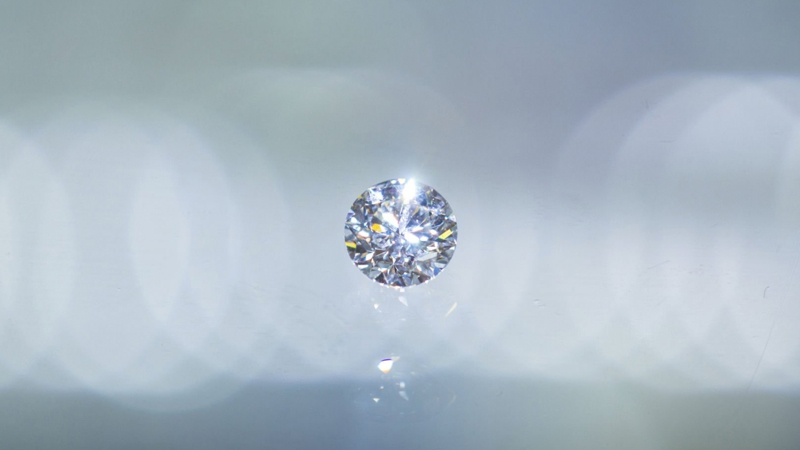
To carry out fog test. Place the stone in front of your mouth and fog it up like a mirror. If the diamond remains fogged for more than a few seconds, it is possible that it is a fake.
Real diamonds disperse heat instantly. If the fog clears quickly, the stone is most likely a real diamond.
If you possess a genuine diamond, you can fog it and a fake diamond. Observe how long it takes for the fog to disappear from each. This will help you to differentiate between a real and a fake diamond.
3. Water Test
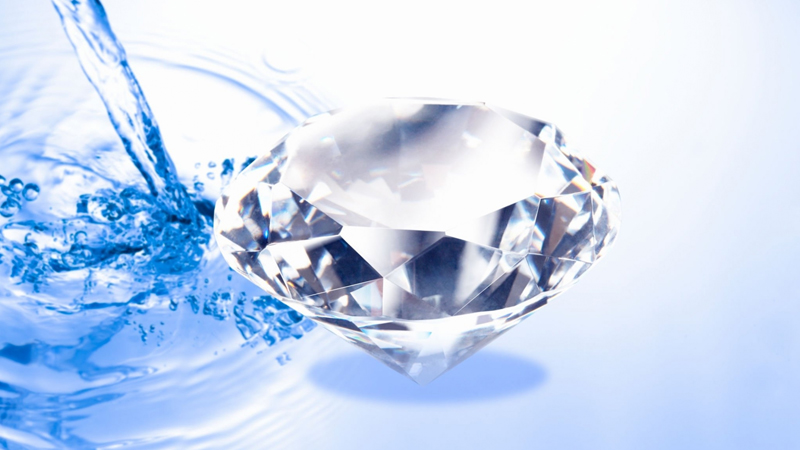
A real diamond is dense. This test lets you assess the density of your gemstone at home. It is convenient and easy.
Fill a glass with water and drop in the loose stone. Fake diamonds float or sink slowly. Real diamonds sink to the bottom
4. Heat Test
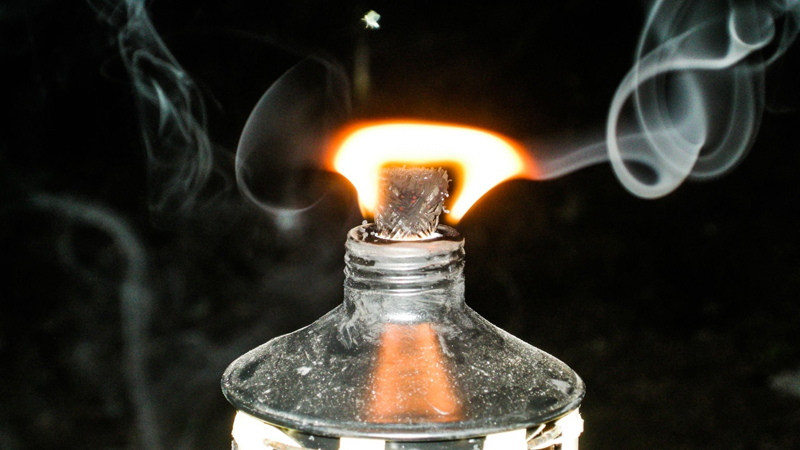
Get a container of icy liquid and put on safety gloves that can resist heat. Heat the stone for about 30-40 seconds before dropping it into cold water. A real diamond will not react; a fake will most likely shatter. Because of the abrupt expansion and contraction of heat, weak materials such as cubic zirconia will crack and shatter.
A diamond is resistant to heat tests because the heat quickly dissipates, leaving it inert by extreme temperature changes. It is not recommended to fire test on diamond. However, every effort should be made to conduct the test as safely as possible.
5. UV Light Test
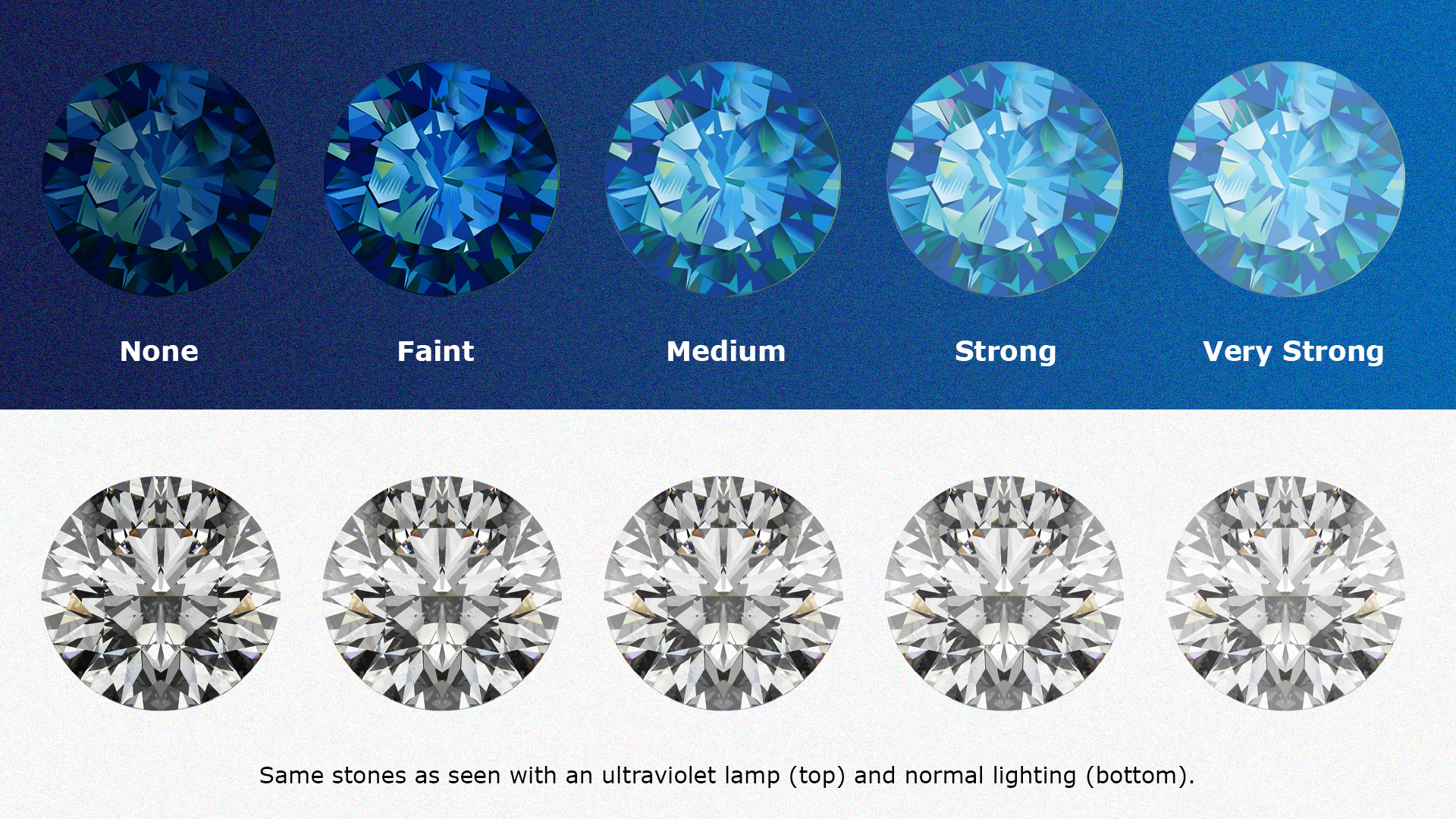
Lab grown diamonds can fluoresce like natural diamonds when exposed to UltraViolet (UV) light. Use a UV light to see if the diamond fluoresces. Natural diamonds may fluoresce in different colors or not at all, whereas lab-grown diamonds may fluoresce strongly in blue.
However, the fluorescence strength varies between individual diamonds, and not all lab-grown diamonds have strong fluorescence. Fluorescence occurs in a small number of man-made diamonds. It is typically added in a lab during the irradiation treatment to change the color. The result is a glowing effect.
It's worth repeating that these tests are not always reliable and can result in false positives or negatives. If you want to be sure of a diamond's source, get an expert or gemologist to check it. They can do tests and analyses to find out if it is natural or lab-made.
6. X-ray Test
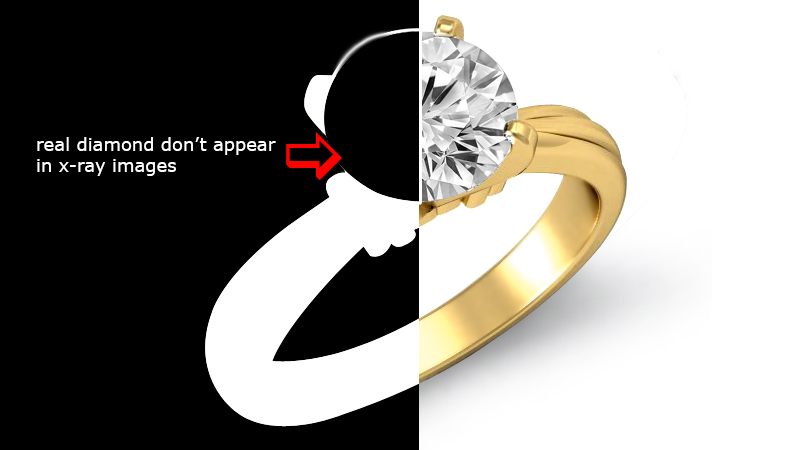
Have a diamond X-rayed if possible. X-rays of naturally occurring diamonds will not be visible, whereas x-rays of synthetic diamonds will be. Natural diamonds may have a different crystal structure and internal characteristics than lab grown diamonds.
X-ray diffraction analysis can detect these differences. X-ray testing should be used to determine the origin of a diamond. It should be used in combination with other tests and analyses for greater accuracy. .
7. Type IIa Test
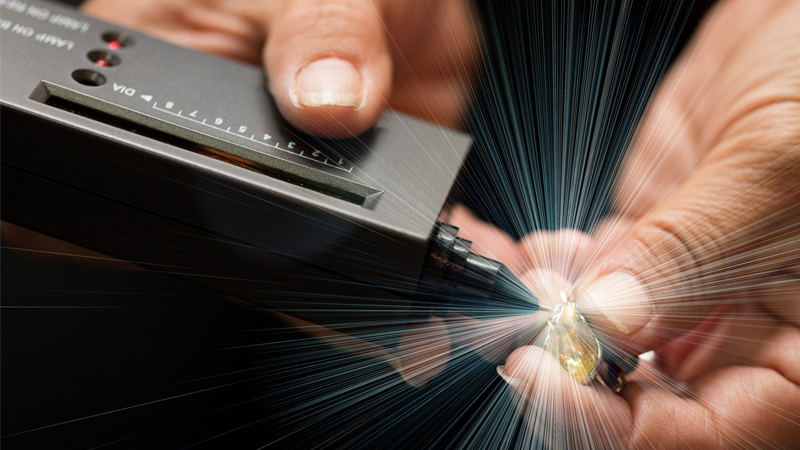
We would still like to determine if a diamond is natural or lab grown. This is true regardless of if it is disclosed or not. Fortunately, there are some tools available to assist us in this endeavor. Use an infrared spectrometer to determine whether the stone is a type IIa diamond.
A Type IIa diamond is a strong indicator that a diamond was created in a lab. This type of diamond provides reliable insight into the origin of a diamond. Type II diamonds is a variant of the diamond. It refers to the diamond's carbon purity.
Although less than 2% of all diamonds are Type IIa in nature. So, if a diamond is Type IIa, it's likely that it was grown in a laboratory.
Conclusion
Lab grown diamonds have the same chemical composition as naturally mined diamonds. Both natural diamonds and lab grown diamonds can be laser inscribed. But lab diamonds have distinct laser inscription that identify them as diamond is lab created.
If you want to buy a diamond for your engagement ring, it is best to go to a reputable jeweler. Alternatively, you should consult with a qualified diamond expert. A great jeweler will give you a certificate that proves the type of diamond you're getting. Any kind of enhancement or treatment must be clearly stated on the diamond certificate.
Take your business elsewhere if the jeweler refuses to provide a certificate or expects you to simply trust them. Look for a certified gemologist jeweler. Customers can show their credentials in the store. Alternatively, you can ask if they are members of a professional organization, like the Gemological Institute of America.

